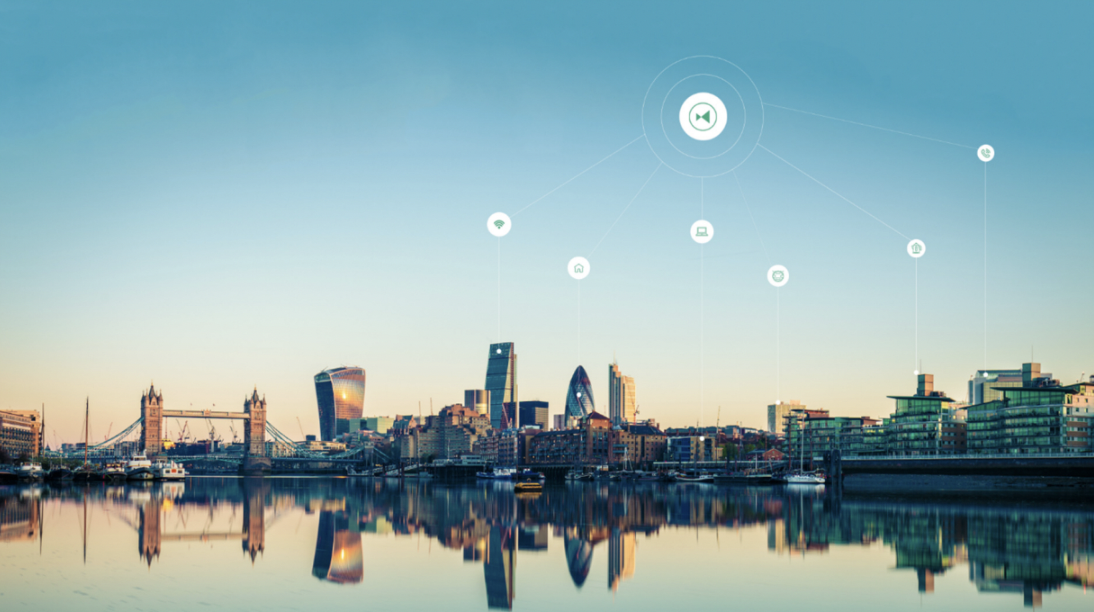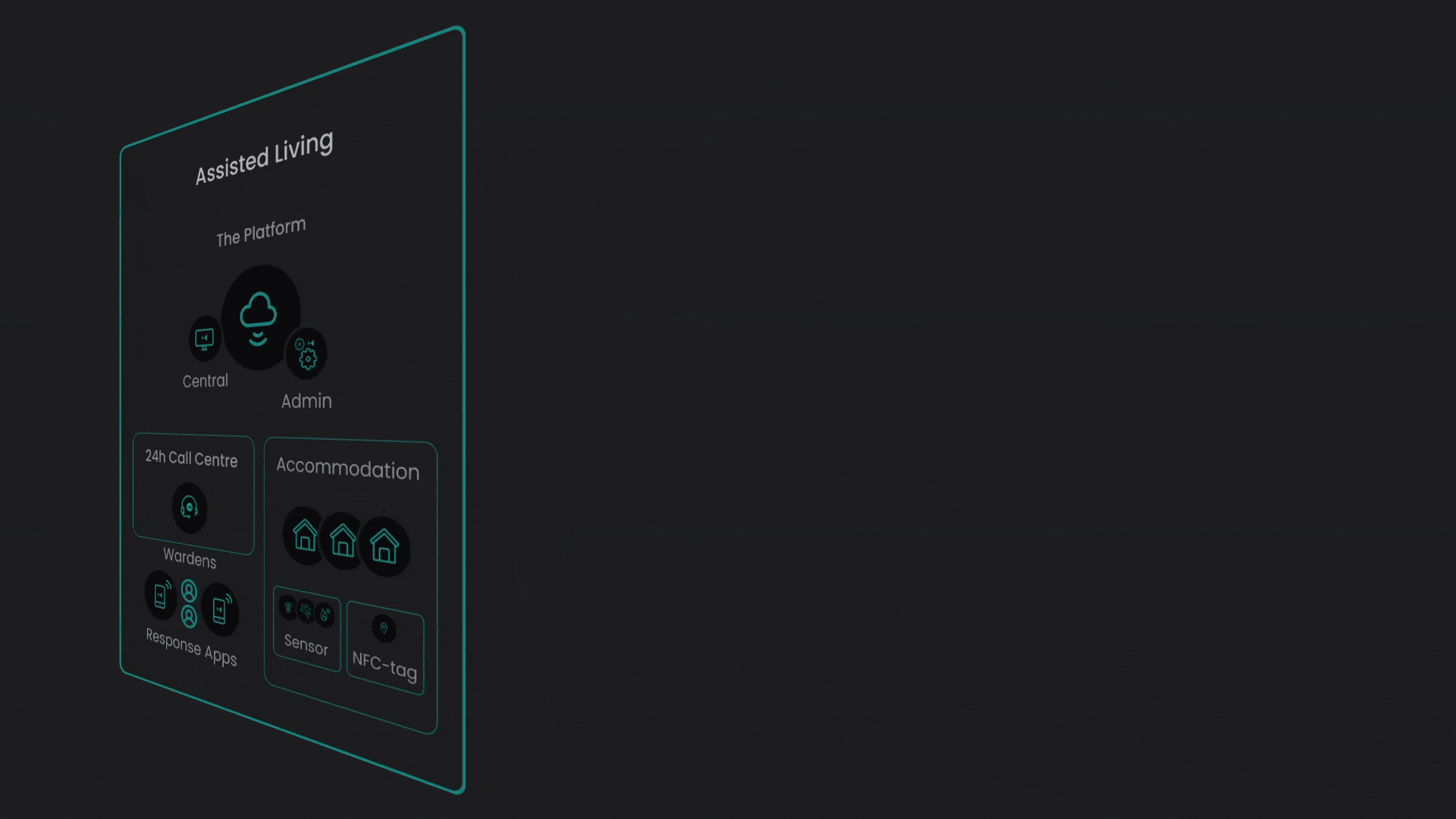Fall detection alarms have long existed and fulfilled an important role in medical and care industry. The World Health Organization (WHO) defines falls as events that result in a person unintentionally resting on the ground, floor, or other lower level. According to the WHO, every year about 37.3 million non-fatal falls requiring medical attention occur globally. In addition to this around 684,000 deaths worldwide are caused by falls, and adults around 60 years of age is the group the most at risk from fatal falls.
Given the perilous and unpredictable nature of falls, preventing these from occurring should always be seen as a priority, especially in an environment where immediate help is not always accessible. The NHS recommends and highly encourages those who have already fallen in the past to seek professional help, as they can carry out tests to prevent accidents in future falls from occurring.
How fall detection devices and solutions work
To prevent falls at home, the NHS recommends simple solutions such as using non-slip mats and rags, not wearing loose clothes that could easily be tripped on, and asking for and getting help on tasks that could be difficult to do on your own. Other recommendations are strength and balance training through simple physical activities, or if needed special training regimens. While these are all effective ways to prevent falls, not everyone has the ability to execute them successfully, and this is where fall detectors come in.
Generally, there are two types of fall detectors: wearable sensors and ambient sensors or radars. Wearable sensors are devices in the form of watches, belts, or pendants equipped with accelerometers. They detect unusual and abrupt movement of the wearer, and are able to alert response centers or monitoring teams in the event of a fall and possible emergency. Ambient sensors on the other hand, utilise cameras installed in different parts of the home to monitor and detect any erratic or unusual movements that are indicative of a fall. Similar to wearable sensors, these are also able to alert response centers in case of an emergency, or a situation where the care receiver or patient requires assistance.
Today, discreet and innovative fall detection solutions are able to detect falls without capturing video footage, providing the service user with a much higher degree of privacy. The solutions are also able to prevent possible future falls by analysing the data gathered from previous incidents and incorporating these with patient data, allowing professionals to determine the risk factors of the falls.
Read more: Fall Detection and Prevention Systems in Elderly Care
Benefitting from the implementation of smart and modern fall detectors for the elderly
With the implementation of fall detectors, both care provider and carer benefit from these solutions. Some of the benefits of modern fall detection devices and solutions include:
- Cost-effectiveness – modern fall detectors are cost-effective and efficient. The solutions available today are easy to maintain and operate, especially since the maintenance routines to different devices can be delivered electronically in the form of software or firmware updates.
- Convenience – without the constant need for superfluous monitoring – which in itself can be somewhat bothering for the service user – carers in nursing homes can distribute their time and attend to other tasks.
- Accuracy and sensitivity – the new and innovative fall detection solutions today are highly sensitive and accurate. Additionally, some of the devices also implement machine learning, allowing these to “learn” the behaviour of a specific user, and determine any unusual changes that can indicate a possible fall.
- Highly-customisable and personalised implementation – when implemented through cloud-based platforms, fall detection devices can work in synergy with other smart solutions such as voice activated assistants, providing the users with total control of the devices. Furthermore, the use of cloud-based platforms also allows care providers to seamlessly implement such solutions according to their needs.
Utilise modern fall detection solutions today with Skyresponse
While falls are inevitable, implementing and using fall detectors, greatly mitigate the consequences of such events, at the same time as being able to determine both cause and risk factors of the falls. The NHS reports that around 1 in 3 adults over the age of 65 will experience at least one fall in a year, further highlighting the importance of implementing fall detectors in residential homes, care homes, and other assisted living facilities. Skyresponse offers a 100% cloud-based, future-proof, and scalable platform that allows care providers to fully benefit from modern fall detection solutions. Moreover, Skyresponse allows providers to seamlessly implement smart solutions, especially those who are transitioning slowly away from analogue platforms.




.jpg)